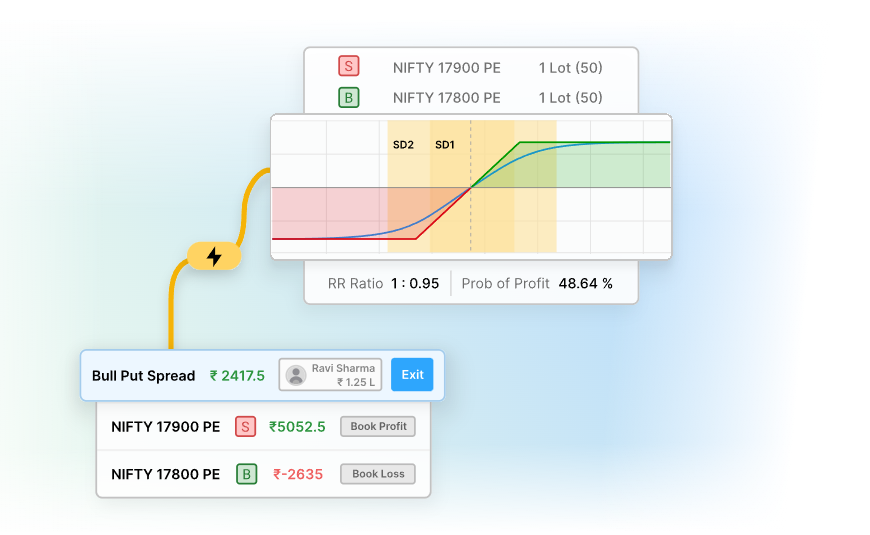How to learn to trade in the stock market?

Learning to trade in the stock market requires a combination of education, practice, discipline, and continuous learning. Here's a step-by-step guide to help you get started:
-
Educate Yourself:
- Books: Start by reading reputable books on stock market basics, technical analysis, fundamental analysis, and trading strategies. Some recommended books include "A Random Walk Down Wall Street" by Burton Malkiel and "How to Make Money in Stocks" by William J. O'Neil.
- Online Courses: Enroll in online courses or attend workshops that cover stock market fundamentals, trading techniques, risk management, and more. Websites like Udemy, Coursera, and Khan Academy offer relevant courses.
-
Understand the Basics:
- Learn about basic concepts like stocks, bonds, mutual funds, exchange-traded funds (ETFs), market indices, and different types of orders (market orders, limit orders, stop-loss orders, etc.).
-
Choose Your Trading Style:
- Decide whether you want to be a day trader, swing trader, or long-term investor. Each style requires a different approach, risk tolerance, and time commitment.
-
Study Technical Analysis:
- Technical analysis involves studying price charts and using various indicators to predict future price movements. Learn about candlestick patterns, moving averages, relative strength index (RSI), and other technical tools.
-
Learn Fundamental Analysis:
- Fundamental analysis involves evaluating a company's financial health, earnings, management, industry trends, and more. This information helps you make informed investment decisions.
-
Practice with Virtual Trading:
- Before using real money, practice trading using virtual or demo accounts offered by many brokerage platforms. This helps you understand how trading works without risking your capital.
-
Choose a Reliable Broker:
- Research and select a reputable and reliable brokerage platform that suits your trading needs. Look for competitive fees, user-friendly interfaces, and a variety of trading tools.
-
Create a Trading Plan:
- Develop a well-defined trading plan that outlines your goals, risk tolerance, strategies, and rules for entering and exiting trades. Stick to your plan to avoid emotional decisions.
-
Risk Management:
- Never risk more than you can afford to lose on a single trade. Use risk management techniques like setting stop-loss orders to limit potential losses.
-
Keep Learning and Practicing:
- The stock market is constantly changing, so continuous learning is essential. Stay updated with financial news, market trends, and new trading strategies.
-
Start Small:
- When you're ready to start trading with real money, begin with a small amount that you can afford to lose. This reduces the pressure and emotional attachment to your trades.
-
Emotional Control:
- Controlling your emotions is crucial in trading. Fear and greed can lead to poor decisions. Stick to your trading plan and avoid impulsive actions.
-
Review and Adapt:
- Regularly review your trades, both successful and unsuccessful ones, to learn from your experiences and refine your strategies.
Remember that trading in the stock market involves risks, and not all traders are consistently profitable. It's a skill that takes time to develop and even experienced traders have lost trades. Patience, discipline, and a commitment to learning are key to becoming a successful trader.
If you wanna learn how to trade in the stock market through us, contact https://learningsharks.in/